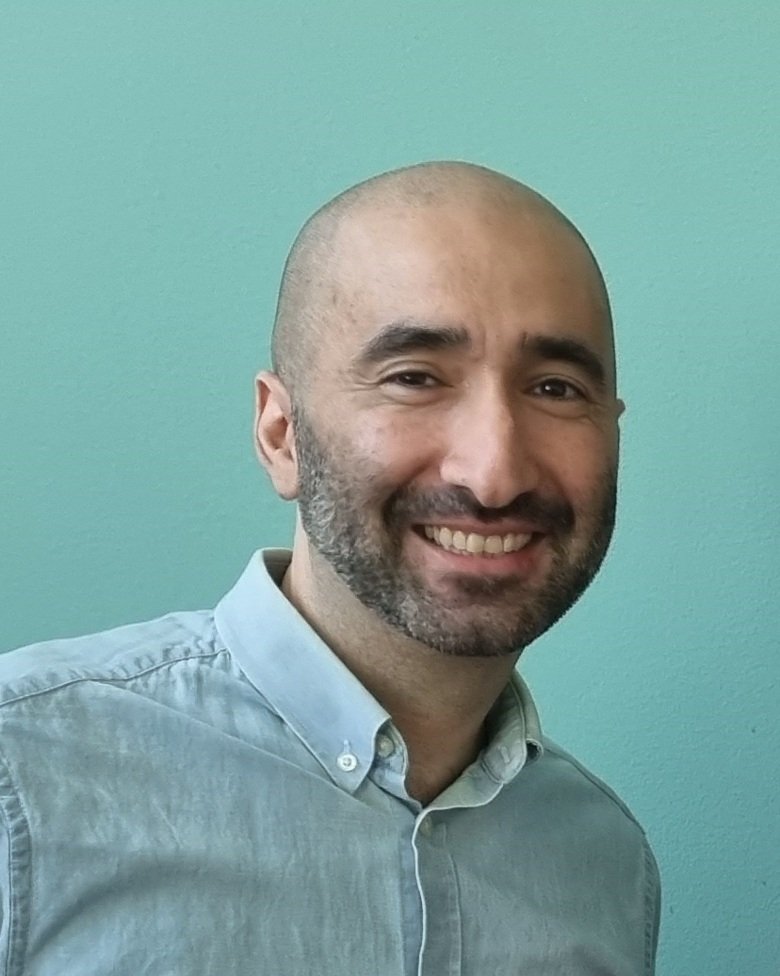New tool to explore biological differences and new targeted therapies in childhood acute lymphoblastic leukemia
Researchers at the Department of Oncology-Pathology has published a paper in Nature Communications where they created a cell line resource dataset and analysis tool that could be used to identify the traits that make specific leukemias sensitive to new types of targeted therapies.
The researchers used cell lines from childhood acute lymphoblastic leukemia (ALL) patients with different forms of the disease and analysed proteins, RNAs, and sensitivity to 528 drugs clinically approved or under investigation. Comparing cell lines that responded to drugs in different ways could identify drug mechanisms and the traits that made leukemias sensitive or resistant to those therapies. For some drugs, the researchers identified that they might work through secondary off-target mechanisms. In a higher-risk ALL subtype, which responds poorly to standard chemotherapy, they identified unexpected sensitivity to a type of immunotherapy drug which increases the strength of the molecular signals that activate immune cells.
ALL is the most common childhood cancer. Most patients can be treated with chemotherapy and stem cell transplantation, but 15-20% will respond poorly, and this patient group lacks treatment options and has high mortality risk. Additionally, current standard treatments can have a long-term health burden for children who survive their cancer. There is a need to identify therapeutics which are less severe than standard treatments and which could help patients that don't respond to current options. The researchers results provide a foundation for exploring biological differences and new targeted therapies in childhood ALL, and serve as a broad public resource that will support other research projects.
The researchers used a panel of 49 childhood ALL cell lines and acquired mass-spectrometry based in-depth proteome measurements, RNA sequencing, high-throughput drug screening, and fusion gene analysis. They created a web-based platform which allows the public to explore and analyze the dataset. They performed analyses that integrated these data types and improved understanding of biological differences. They performed analyses to profile the mechanisms of effective drugs in the screen. They performed validation experiments to understand drug mechanisms in depth.

- We will further validate the results in the dataset with the highest potential for future clinical benefit, says Rozbeh Jafari, senior researcher at the Department of Oncology-Pathology and last author of the paper. We hope to expand the represented subtypes of childhood leukemia in the dataset, and to explore further characterisations of our drug sensitivity and biological mechanism results in clinical samples and other models. We are also interested in developing new methods to understand drug activity and to analyze and interpret similar comprehensive datasets measuring multiple molecular parameters.
The research was financed by Swedish Childhood Cancer Foundation, Swedish Research Council, Felix Mindus Contribution to Leukemia research, Dr. Åke Olsson Foundation for Hematological Research, Magnus Bergvalls Stiftelse, Cancer Society Stockholm and the King Gustaf V Jubilee Fund.
Publication
"Integrative multi-omics and drug response profiling of childhood acute lymphoblastic leukemia cell lines" Isabelle Rose Leo, Luay Aswad, Matthias Stahl, Elena Kunold, Frederik Post, Tom Erkers, Nona Struyf, Georgios Mermelekas, Rubin Narayan Joshi, Eva Gracia-Villacampa, Päivi Östling, Olli P. Kallioniemi, Katja Pokrovskaja Tamm, Ioannis Siavelis, Janne Lehtiö, Mattias Vesterlund & Rozbeh Jafari. Nature Communications, online 30 March 2022, doi: 10.1038/s41467-022-29224-5
